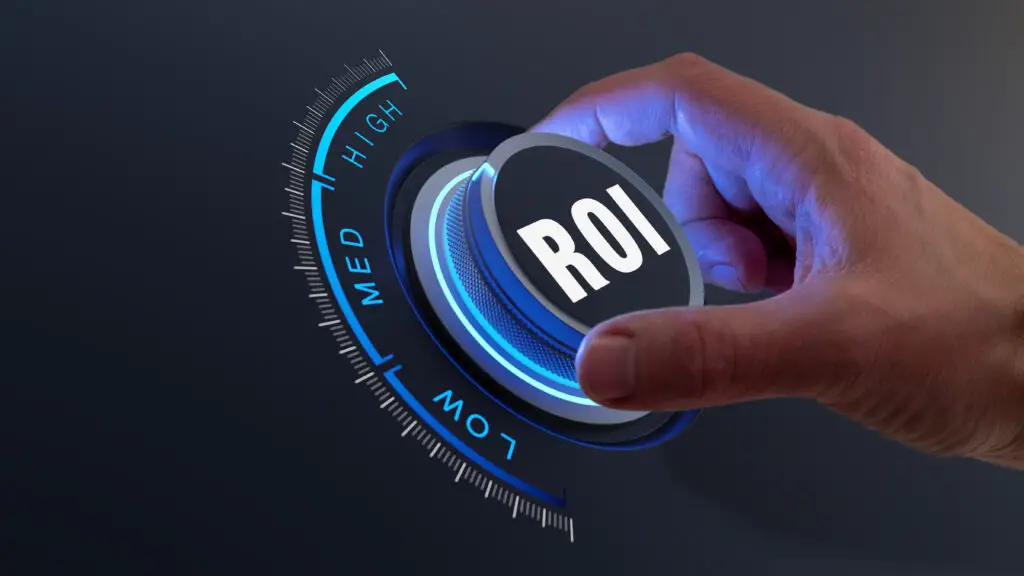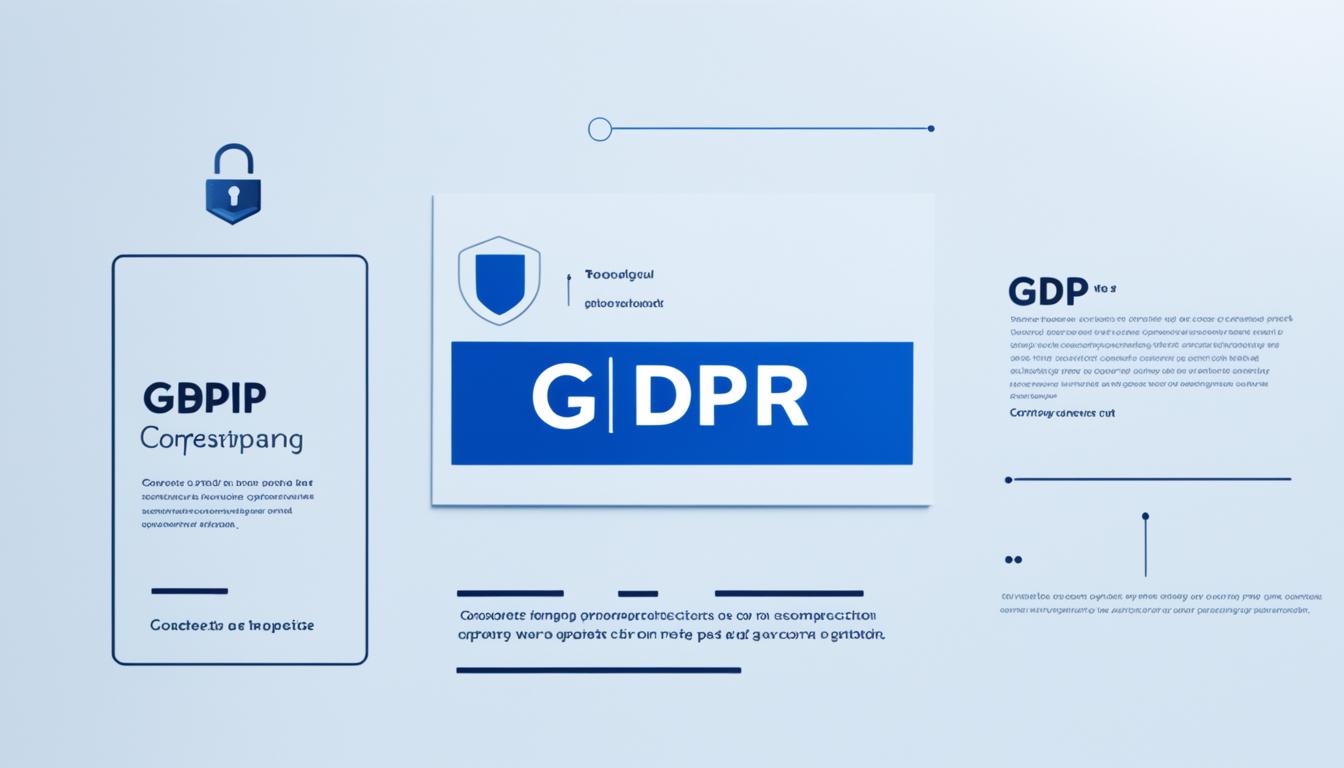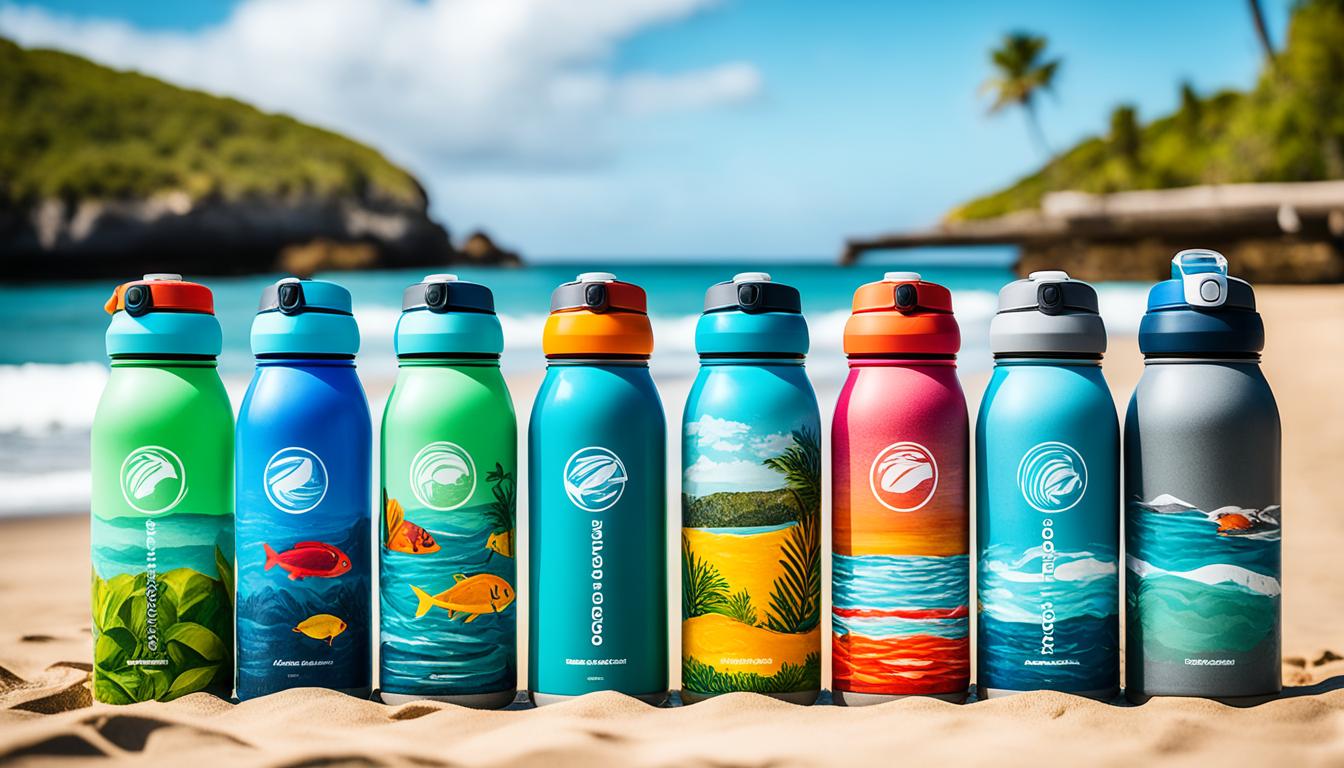Digital Out-of-Home (DOOH) advertising is transforming how brands connect with consumers in public spaces. With digital screens replacing traditional billboards, businesses can deliver more engaging and relevant messages to their audiences. The ability to adjust content in real time allows advertisers to respond to changing conditions, events, and consumer behaviors, making campaigns more effective.
However, visibility alone isn’t enough to drive meaningful results. Success depends on strategic execution, ensuring ads appear in the right locations, target the right audiences, and deliver compelling content. Thoughtful planning and data-driven decisions can help brands get the most out of their DOOH investments.
Read on to discover key tactics that will help your DOOH campaigns achieve better results.
Choose High-traffic Locations for Maximum Exposure
Selecting the right placement is essential for ensuring your message reaches the right audience.
The following are key locations that offer maximum visibility and engagement:
- Major intersections: High-traffic areas, such as city centers and busy roadways, expose your brand to thousands of daily commuters. These locations capture the attention of pedestrians and drivers alike, increasing brand awareness.
- Public transportation hubs: Bus stops, train stations, and subway platforms provide extended exposure to a steady flow of commuters. Since people often wait in these areas, they are more likely to notice and absorb advertising messages.
- Retail locations: Grocery stores, convenience stores, and shopping centers allow you to connect with consumers close to the point of purchase. This increases the likelihood of immediate action, whether it’s visiting a website or making a purchase.
- Gas stations: Drivers and passengers stopping for fuel often have idle time, making these locations ideal for engaging advertisements. Digital screens at pumps or nearby signage can capture attention while consumers wait.
Strategic placement plays a key role in maximizing advertising effectiveness. While OOH advertising cost varies based on location and demand, investing in high-traffic areas increases visibility and delivers better returns.
Leverage Real-time Data for Better Targeting
Adapting to real-world conditions improves the effectiveness of DOOH campaigns.
The following are ways to use real-time data for better targeting:
- Time of day optimization: Running ads during peak hours increases exposure when more people are present. Morning and evening rush hours, lunch breaks, and weekend shopping periods offer higher visibility and engagement.
- Weather conditions: Adjusting ad content based on the weather makes messaging more relevant. For example, a beverage brand can promote iced drinks on hot days and hot beverages when temperatures drop.
- Mobile location targeting: Integrating mobile data helps advertisers reach people based on their movement patterns. This ensures messages are shown to the right audience in locations where they are most likely to engage.
- Real-time updates: Changing ad content in response to traffic patterns, local events, or breaking news keeps messaging timely. This can be useful for promotions, flash sales, or public service announcements.
Using programmatic DOOH advertising, brands can automate ad placements based on these insights. This improves precision, enhances engagement, and increases campaign effectiveness.

Use Dynamic and Interactive Content
Static ads can be overlooked, but engaging content grabs attention and encourages interaction.
To create compelling DOOH ads, consider the following strategies:
- Video and animation: Moving visuals stand out in busy environments. Short, high-quality videos or animations help keep audiences engaged longer than static images.
- Interactive elements: Features like touchscreens, QR codes, or gesture-based interactions invite people to engage with the ad, increasing participation and recall.
- Personalized messaging: Displaying content based on location, time, or audience demographics makes ads more relevant. For example, an ad near a sports arena can highlight upcoming games or promotions for fans.
- Social media integration: Showing live social media feeds, user-generated content, or hashtag campaigns encourages audience participation and extends brand engagement beyond the ad itself.
A well-crafted DOOH ad keeps audiences engaged and improves brand recognition. Using interactive and dynamic elements ensures ads remain fresh and impactful.
Optimize Your Advertising Spend with Programmatic Technology
Traditional ad buying can be inefficient, but programmatic technology helps brands allocate their budgets more effectively.
To maximize ROI and ensure ads reach the right audience, consider the following strategies:
- Demand-side platforms (DSPs): These platforms allow advertisers to bid on premium digital out-of-home inventory. Using DSPs ensures ads appear in high-traffic locations while optimizing spending based on performance data.
- Supply-side platforms (SSPs): Publishers use SSPs to manage and sell ad inventory efficiently. This helps advertisers secure placements in prime locations while publishers maximize revenue.
- Real-time bidding (RTB): Automated auctions let advertisers compete for ad space based on audience relevance and budget. RTB ensures that brands pay the best price for valuable placements without overspending.
- Attribution and analytics: Advanced tracking tools measure impressions, audience engagement, and conversions. These insights help advertisers adjust campaigns and refine future ad strategies for better results.
Using programmatic technology streamlines ad buying and improves targeting efficiency. Automated decision-making ensures that every ad placement contributes to a stronger, more cost-effective campaign.
Final Thoughts
Effective DOOH advertising goes beyond placing ads in high-traffic areas. Success comes from using data-driven strategies, engaging content, and precise targeting to capture audience attention and drive action. The ability to update messaging in real time and optimize ad spend ensures campaigns remain relevant and cost-effective. With the right approach, DOOH can deliver strong brand visibility and meaningful engagement.



